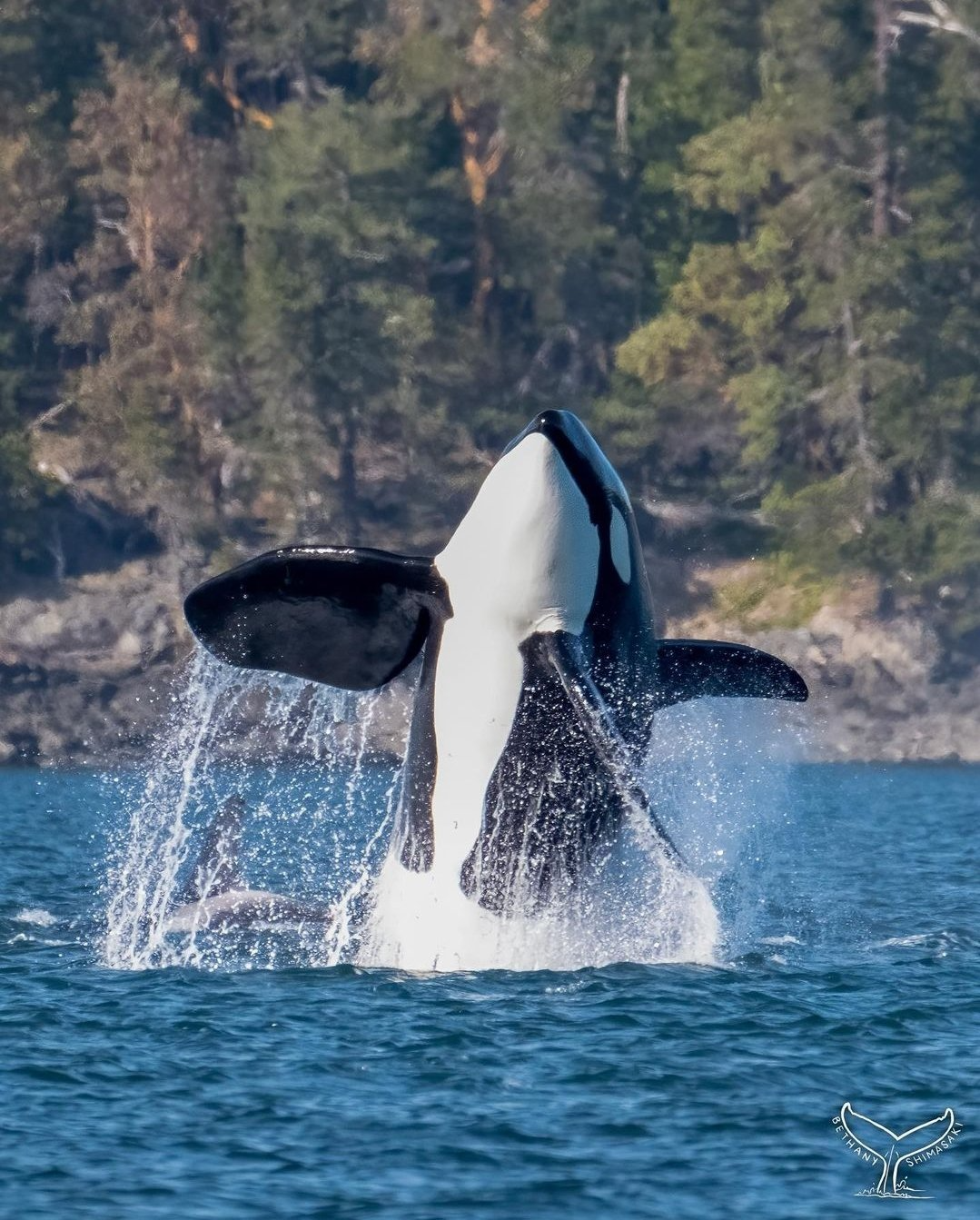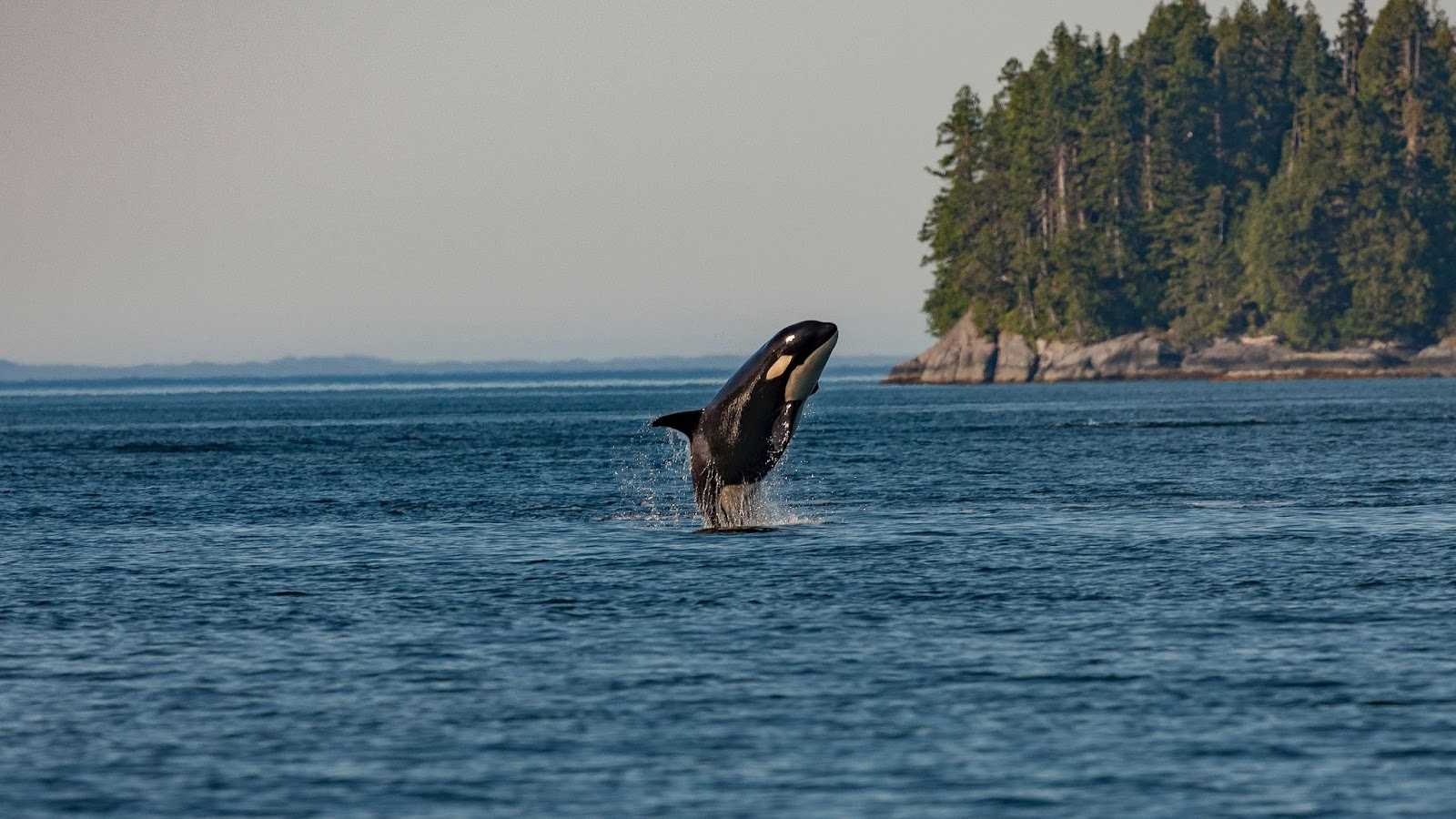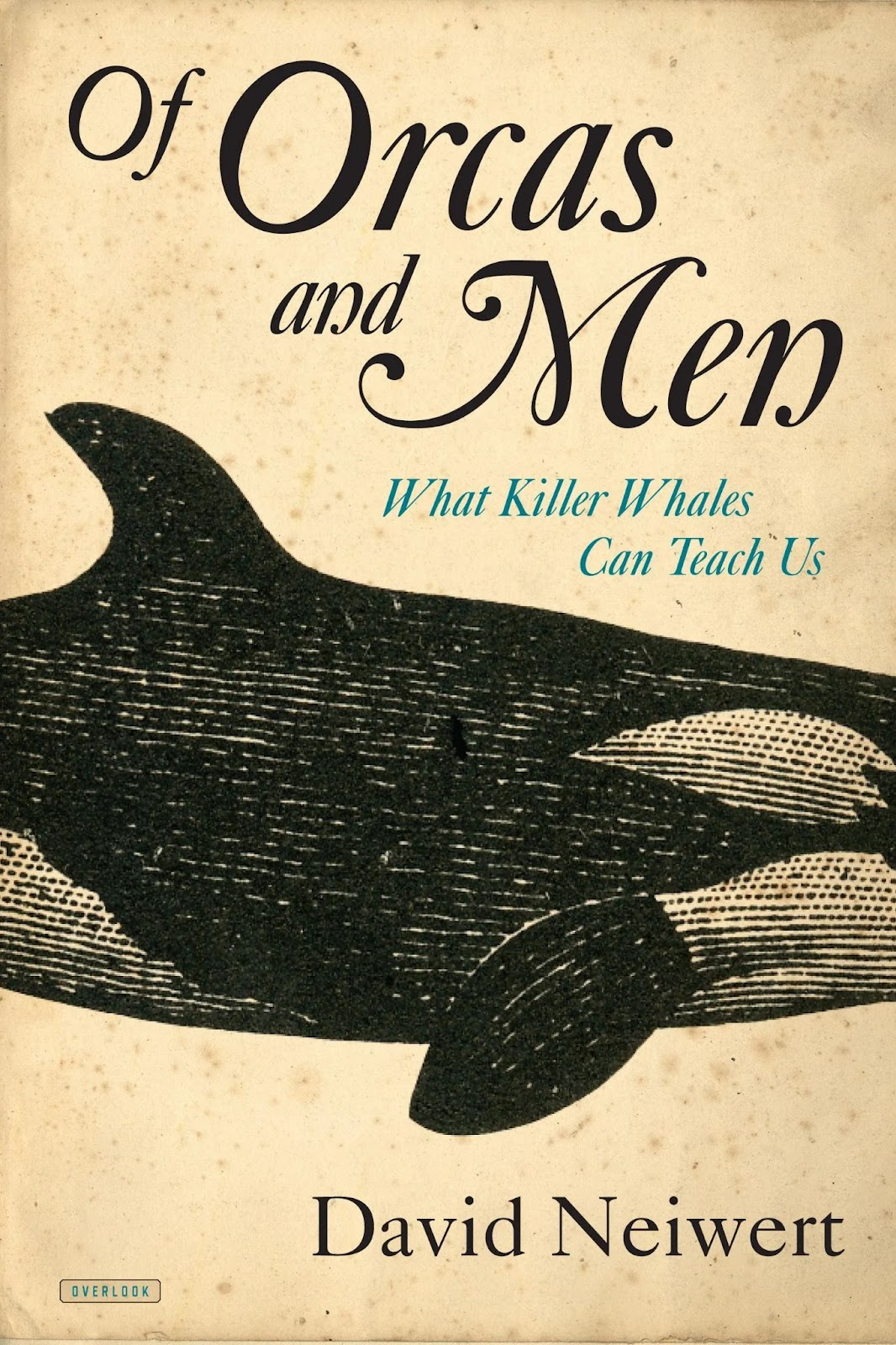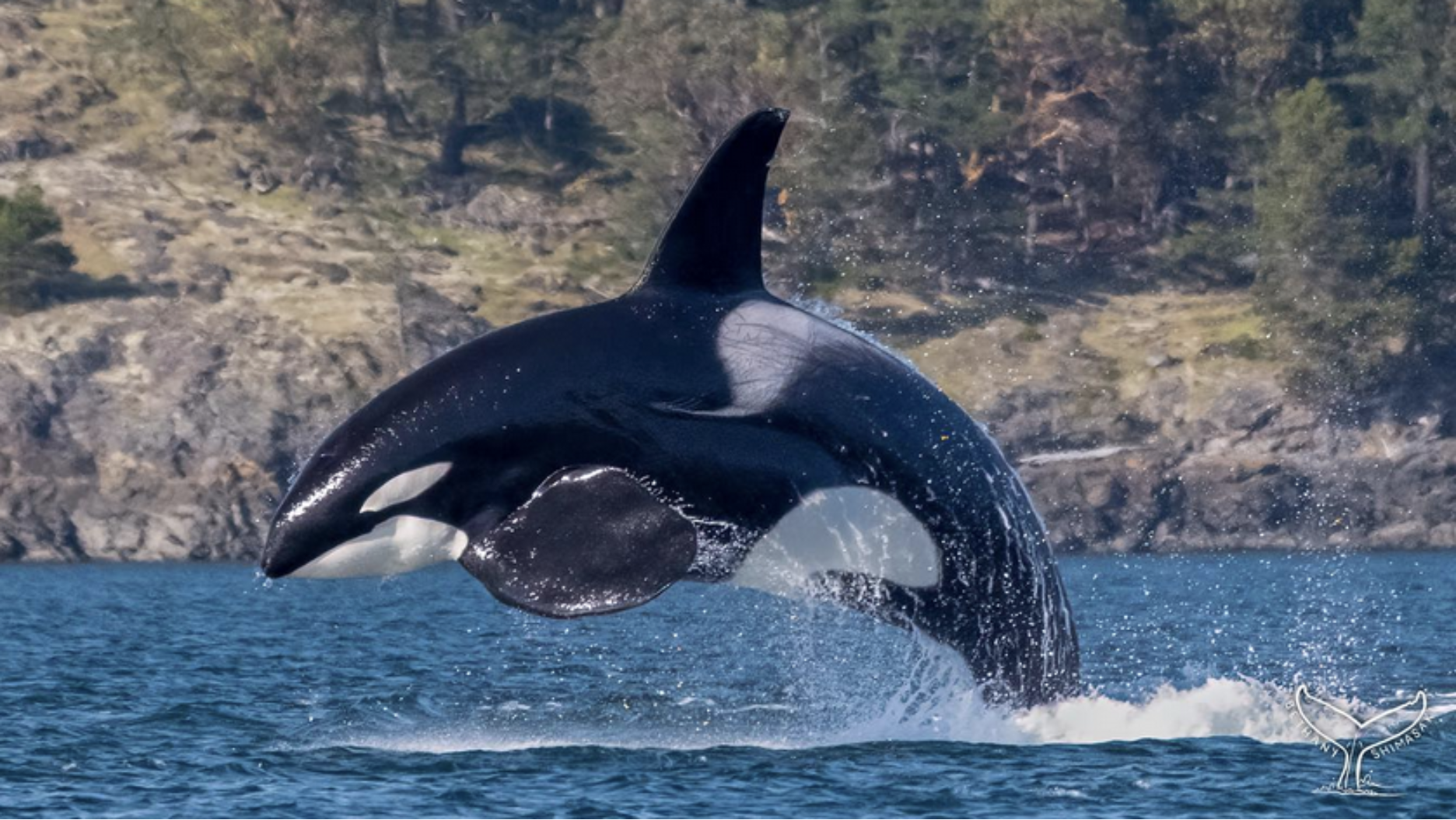01. Photographer pick: Bethany Shimasaki

Orcas are incredibly social animals and live in tight-knit family groups called pods. These pods can consist of up to 40 individuals and are often led by a female matriarch. Photo by Bethany Shimasaki
Bethany Shimasaki is a naturalist and wildlife photographer currently working in both the Salish Sea in Washington and Maui, Hawaii, following whales as they cross the pacific ocean. She photographs orcas and other marine mammals often, in breathtaking fashion. She works for an orca watching tour company part of the time, and is a naturalist, snorkel guide and photographer as well. Her photos can be seen at https://www.bethshim.com and https://www.instagram.com/adventures.with.bethany.
02. Article pick: This whale-watching season, be an orca ally

Despite their wide distribution, orcas are considered a threatened species in some regions due to habitat degradation, pollution, overfishing (which impacts their prey availability), and the negative impacts of captivity. Photo by Thomas Lipke, Unsplash
This editorial in The Seattle Times is a fairly simple appeal to those who will come to the Pacific Northwest to go whale watching: be kind to these magnificent creatures. There are not many orcas in the area, reportedly only 73; still, the chances of seeing one this time of year are so great that some whale watching companies will offer a second trip for free if visitors don’t see one the first time around. However, their population is in danger and there are several rules and laws put into place in order to preserve these killer whales. The tone is clear: the safety and survival of orcas is more important than being reckless when trying to see them in the wild.
03. Book pick: Of Orcas and Men: What Killer Whales Can Teach Us

“Of Orcas and Men: What Killer Whales Can Teach Us” by David Neiwert explores the complex relationship between humans and killer whales, delving into the natural history and behavior of these magnificent creatures, while also examining their cultural significance. One of the most intelligent animals on Earth, this book discusses the environmental threats faced by orcas, such as pollution, habitat degradation, and declining prey populations. Neiwert is an investigative journalist based in Seattle, and his book is a compelling mix of cultural history, environmental reporting, and scientific research.
04. Video pick: The Insane Biology of: The Orca

This video by YouTube channel Real Science dives into the history, biology, and nature of orcas and how incredible, and frightening, these creatures are. It discusses how killer whales communicate, how they work in groups, and gives fascinating nuggets of information throughout. For example, it states that scientists believe that orcas’ culture is so important and complex that they are the only organism on Earth other than humans whose evolution was driven by their own culture. They are one of the deadliest predators on Earth, a true apex predator, and are perhaps one of the animals we have the most in common with.
05. Quote of the Week
"Orcas are the ambassadors of the sea, captivating our hearts and minds with their beauty, grace, and sheer power."
— Jean-Michel Cousteau
